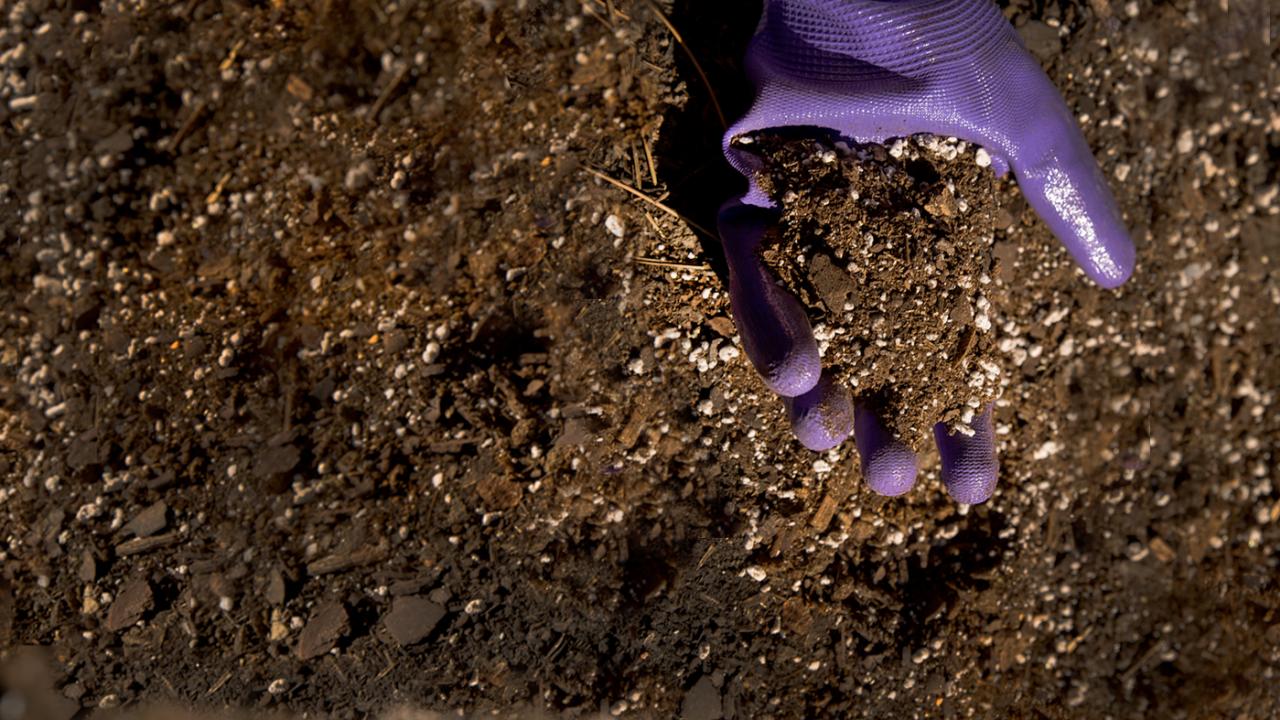
December Garden Checklist
Pruning do’s and don’ts
Protect evergreens
Rodent or animal damage
Winter houseplant TLC
Monitor houseplants for infestation
Caring for a live Christmas tree
Caring for poinsettia plants
Grow an amaryllis bulb
Maintaining a rosemary topiary
Give the gift of a plant
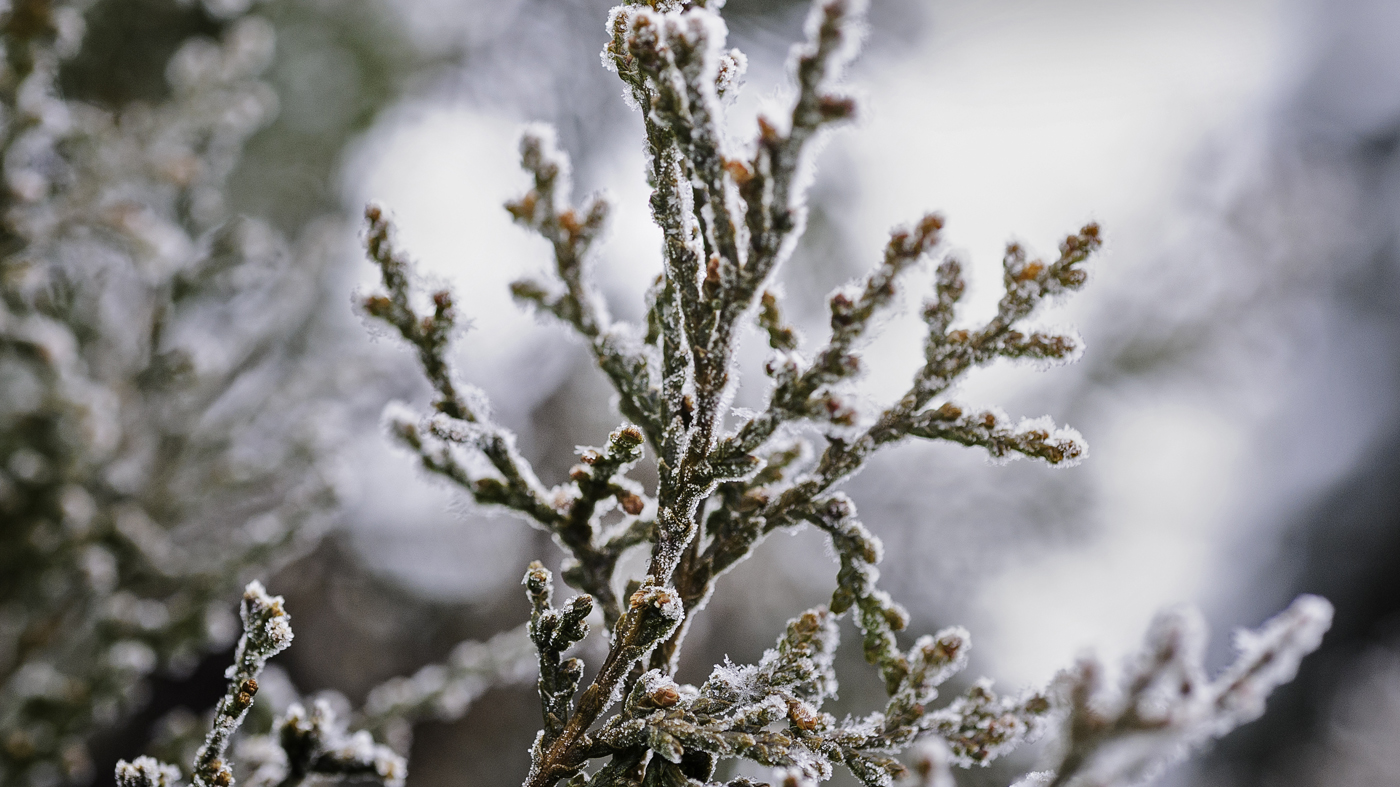
In December, winter officially arrives. Most gardeners get a break from their responsibilities—a welcome respite since the winter holidays often occupy a large portion of everyone’s to-do lists. Protecting outdoor plants from the consequences of winter—whether it’s snow, ice, temperature swings, or the products used to combat the weather—is the chief task. Indoors, houseplants may need some TLC, as do many of the holiday-centric trees and plants that decorate our living spaces.
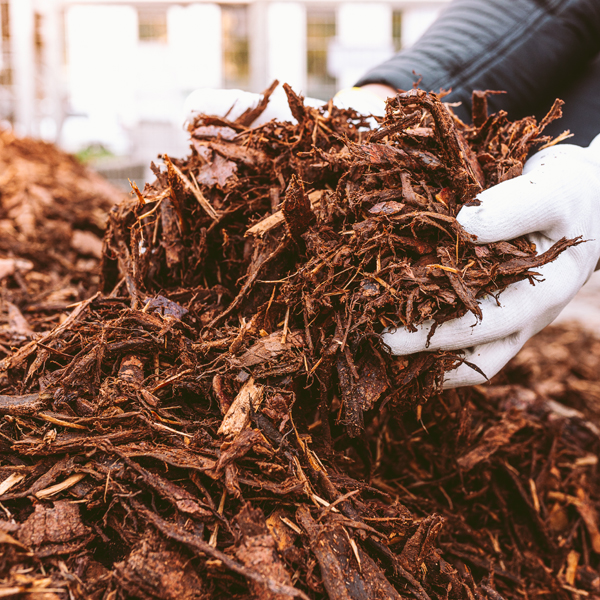
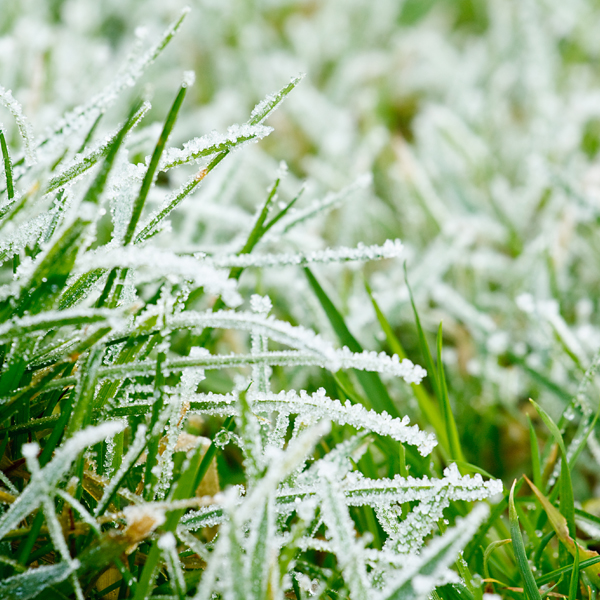
Garden To-Do List
Haven’t mulched? Now’s the time
If not done already, mulch perennial beds after the ground has frozen hard. Apply 2 to 3 inches of shredded bark, composted manure, or garden compost. After the holidays in late December and early January, evergreen boughs from seasonal wreaths or small sections of Christmas tree branches may also be used as winter protection on garden beds. Lightweight, open evergreens permit moisture to reach the soil but also insulate the roots and crowns of plants from the freeze-thaw cycles increasingly common during Illinois winters.
Address winter hazards
Changing climate conditions are adding to winter’s challenges, with extreme cold temperatures and precipitation (e.g., snow, ice, and sleet) interspersed with unseasonably milder weather that may confuse and potentially harm plants.
- Monitor plants for signs of damage from animals, ice, snow, and/or wind.
- Try to avoid walking on your lawn and garden beds. Walking on frozen turf can damage grass blades, and walking in garden beds during winter thaws can compress soil and impact its ability to absorb water.
Re-tie vines that become torn from their supports.
De-ice with caution
If necessary, use de-icing products on walkways and driveways. Because de-icing products may cause landscape and environmental problems, consider broadcasting sand on slippery surfaces. Be careful not to use too much sand, however, because it may clog catch basins and storm drains. Additional tips:
- Follow label directions when using de-icing products.
- Shovel snow before using de-icing products.
- When clearing driveways or shoveling walks, distribute snow loads equitably around trees, shrubs, and garden beds. Try to avoid piling treated snow on trees and shrubs.
Tree and Shrub Care
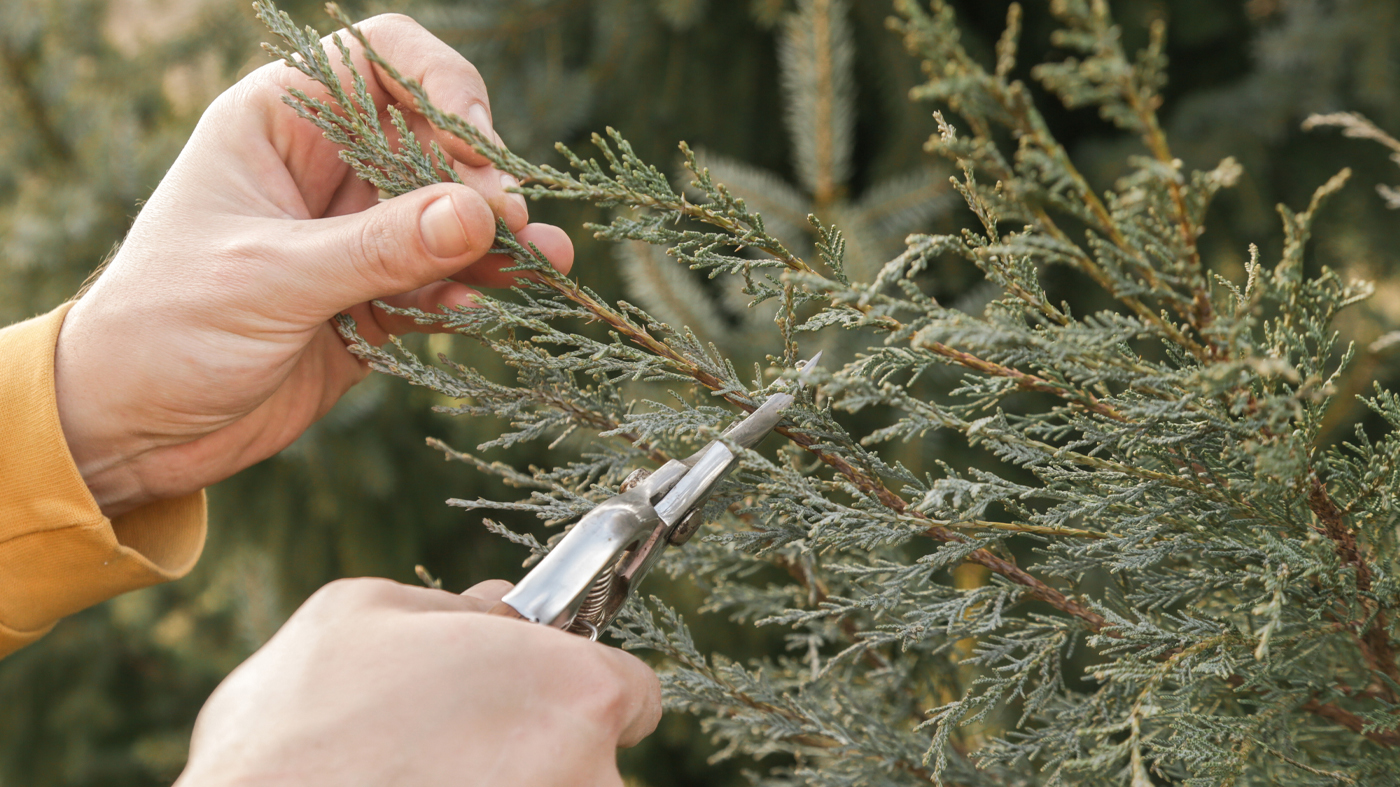
Pruning do’s and don’ts
Light pruning of deciduous trees and shrubs can be done this month. Heavy pruning is best done in late winter or very early spring before buds break.
Protect evergreens from heavy snow and ice
It’s best not to remove normal snow loads, and let them melt in place. This approach comes with a few caveats:
- If heavy snow anchors large evergreen branches to the ground and risks breaking the limb, gently sweep off snow with a soft broom and elevate the branch from underneath.
- However, if tree branches become covered with ice, let the ice melt naturally rather than cracking the ice with a heavy object.
Avoid banging tree branches with any heavy tools. Using shovels and other heavy objects on branches risks cutting the bark, creating a possible point of entry for infection and insect attack.
Monitor for rodent or animal damage, especially if this has been a problem in the past
Problems to look for include rubbings on tree trunks from young deer bucks and gnawed or stripped bark from lower trunk areas due to rabbits, mice, and voles. Erecting physical barriers such as deer netting, deer fencing, or hardware cloth tacked around tree trunks works more effectively than repellents.
Indoor Plant Care
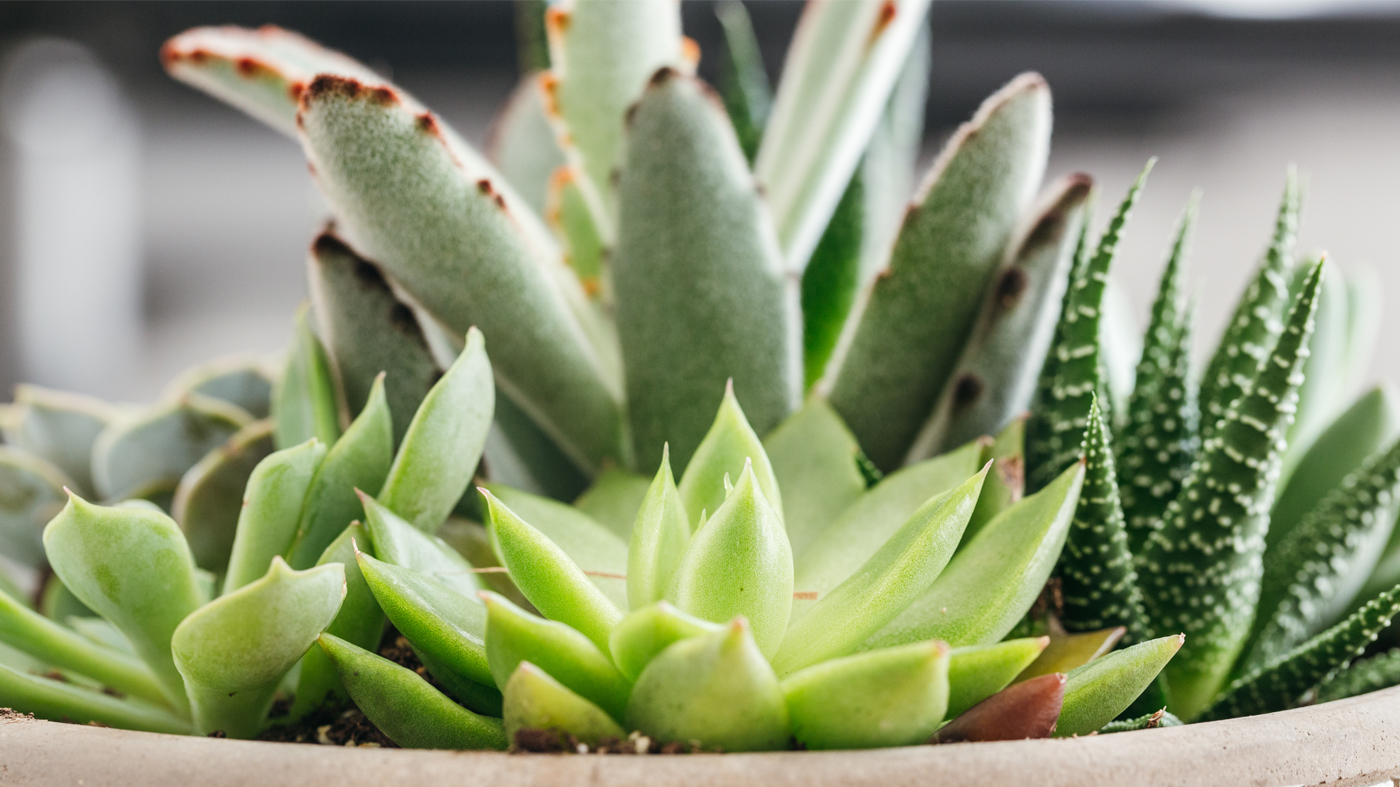
Winter houseplant TLC
Most houseplants slow their growth during the semi-dormant winter period. Many require less water and less, if any, fertilizer.
- Succulents such as cacti and jade plants are in winter dormancy and require bright light but very cool conditions with no water for up to two months.
- Smaller houseplants and some herbs may benefit from spending a few months under artificial lights, if possible, to supplement winter’s diminished natural sunlight.
Monitor houseplants for infestation
Insect and disease problems can occur when plants become stressed because of insufficient light, excessive heat, lack of humidity, lack of air circulation, and/or improper watering and fertilizing. Common problems include:
- Spider mites: Look for webbing in leaf axils; stippled foliage; and weak, off-color leaves. Mites are often difficult to see without a hand lens.
- Aphids: Aphids feed on plants, especially new growth, and are often found on the undersides of leaves. They multiply rapidly. Aphids can also be difficult to see without a hand lens.
- Scale: Characteristic sticky, clear honeydew is produced on leaves by these small, immobile, rounded insects usually found on stems and veins of leaves.
- Mealybugs: Easy to spot, these insects resemble crowds of tiny cotton puffs.
- Whiteflies: These can be problematic because they may quickly move to neighboring plants and can multiply rapidly. Look for tiny, white, moth-like insects often found on the undersides of leaves.
- Fungus gnats: Adult black gnats fly around a plant but do no damage. However, the immature larvae in moist soil can feed on plant roots. They are often a problem in overwatered plants or overly moist flats of seedlings.
- Fungal leaf spotting: Tan- to reddish-brown spots or lesions can be signs of a fungal problem. Left untreated, fungal spores can spread to other foliage or nearby plants.
- Powdery mildew: A white dusty coating on plant foliage is fungal and can easily spread.
Holiday Plant Care
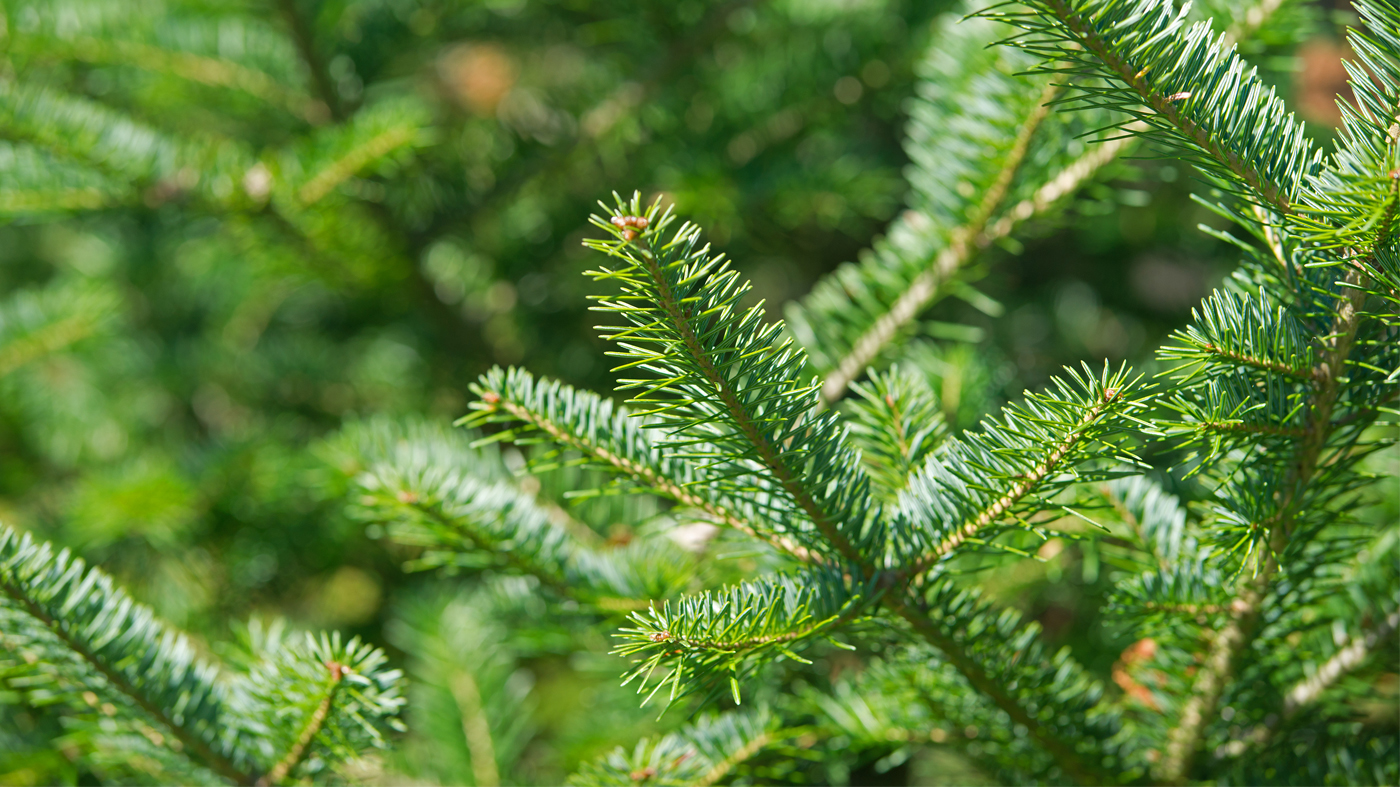
Caring for a live Christmas tree
Choosing a live evergreen tree continues to be a popular holiday tradition for many households. Some tips:
- When shopping for a live tree, select one with firm needles that don’t drop. To check, vertically raise the tree a few inches and then let the trunk drop to the ground.
- The bottom of the stump should be moist with some sap present. Trees that were cut weeks or even months earlier can drop their needles shortly after being brought indoors.
- Popular trees are balsam fir (Abies balsamea), Fraser fir (A. fraseri), white fir (A. concolor), Douglas fir (Pseudotsuga menziesii), Eastern white pine (Pinus strobus), red pine (P. resinosa), and Scots pine (P. sylvestris). Fraser fir, which has increased in popularity, is often considered the tree that retains its needles the longest.
- Ask the seller to make a fresh cut of about 2 inches off the stump or make the cut yourself before you bring it in the house. Immediately place the cut end into a bucket of warm water until you are ready to place it in the tree stand. This helps keep sap from forming, which can block the tree’s ability to absorb water.
- Make sure the tree stand is full of water every day. A freshly cut tree may take up as much as 1 gallon of water in a day. Consistent watering is important, because if left in a dry stand without water, the tree will form a seal across the stump that prevents it from taking up any more water. Dry trees can become serious fire hazards.
- It’s not necessary to add preservatives to the water.
Caring for poinsettia plants
Perhaps the most iconic holiday plant in some parts of the world, poinsettias (Euphorbia pulcherrima) are widely available in many sizes and shades. A few tips to keep them attractive:
- Poinsettias appreciate bright light and indoor temperatures of 65 to 70 degrees Fahrenheit. Because they are sensitive to extremes in temperatures, keep them away from heating vents, fireplaces, and drafty windows or doors.
- Plants should be watered when they are dry to the touch. Punch holes in foil liners to allow for proper drainage.
- Poinsettia plants can be a challenge to keep year-round, and most gardeners discard the plant after the holidays.
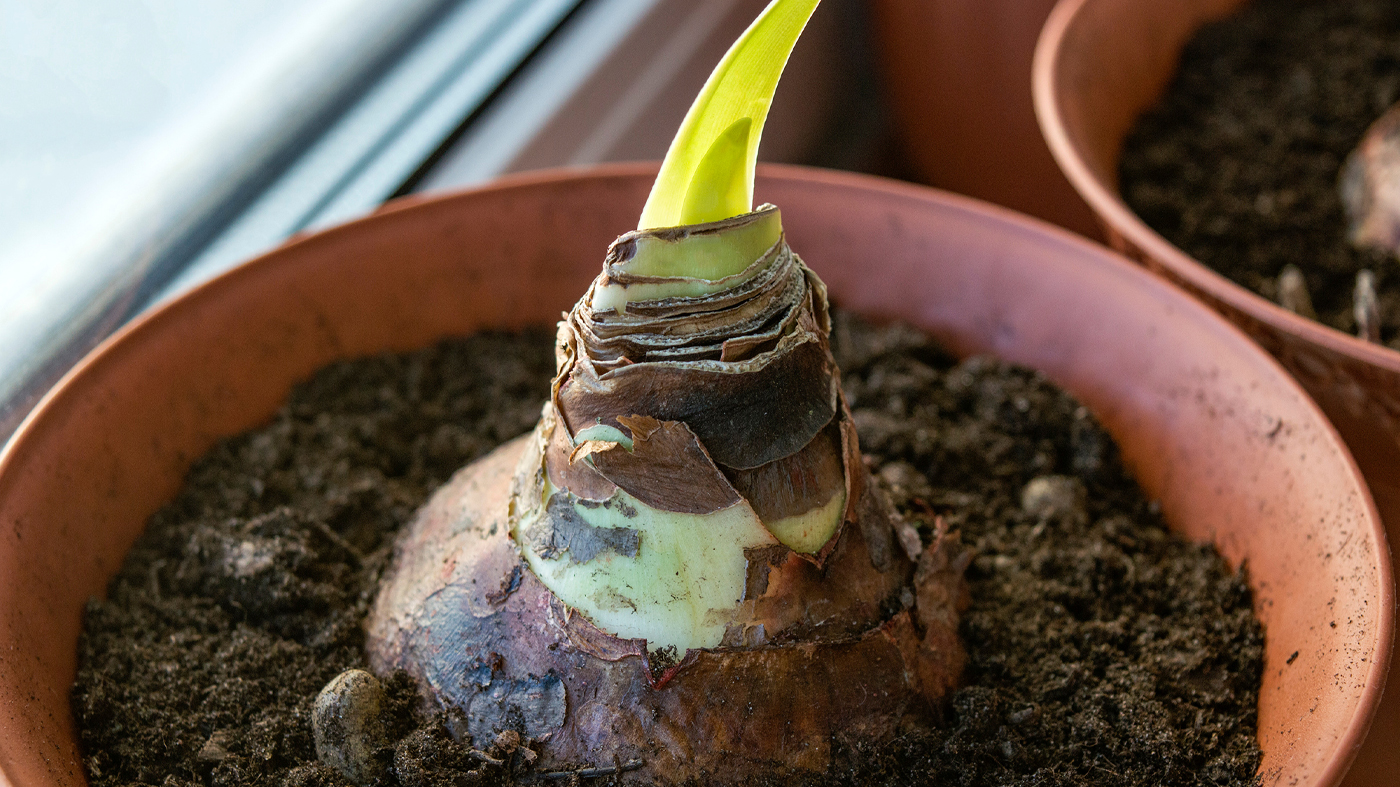
Grow an amaryllis bulb
Colorful, stately, and dramatic, amaryllis (Hippeastrum) bulbs can be a popular holiday staple. Sold as bulbs to force indoors, they lend a festive touch. Some growing tips:
- Remove decorative foil from the bottom of gift-plant pots or punch holes in the foil to allow water to drain properly.
- Plant the bulb in a light soilless mixture so that one-third to one-half of the bulb remains above the soil.
- Water the bulb thoroughly once, then again only when the soil mix is dry to the touch. Amaryllis bulbs can tolerate dryness but not soggy conditions.
- Place the pot in a bright location, out of direct sunlight and away from cool drafts or warm heating vents.
- Because the flower stalk grows quickly and leans toward light, rotate the pot often to ensure even vertical growth.
- When the plant finishes flowering, pinch off the faded blooms and allow the stalk to wither before cutting it down. Most amaryllis bulbs will produce leaves at this time to manufacture food for next year's growth.
- When leaves emerge, continue to water the plant. Take the plant outside when all danger of frost has passed and place it in a location that receives morning sun. Fertilize every two to four weeks with a balanced fertilizer while the plant is in active growth.
- To initiate a bloom cycle for the following holiday season, contact the Plant Information Service for the steps to take.
Maintaining a rosemary topiary
Rosemary (Rosmarinus) plants shaped like fir trees or other festive topiary figures for the holidays are growing in popularity. Indoor conditions during a Midwestern winter can be challenging for these fragrant herbs, which are native to the Mediterranean region. Some tips:
- Rosemary will benefit from a bright, cool indoor location that receives at least four hours of direct sun. An unheated sunroom or a windowsill where temperatures drop 10 to 15 degrees each night is ideal in the winter.
- Thoroughly water your plant when the soil has dried out. Winter requirements are usually less than the demands of summer because these plants are not actively growing during winter.
- Mist the plants regularly with tepid water, to both raise humidity and discourage mites. Misting should be done early in the morning to allow the plant to dry in order to prevent fungal problems, such as powdery mildew.
- Avoid fertilizing in the winter but resume in late winter/early spring when the plant begins to produce new growth. However, if your topiaries are planted in a soilless mix, apply a quarter-strength, balanced liquid fertilizer each time you water.
December is a great month to …
to give the gift of a plant
Flowering plants such as poinsettia, cyclamen, and amaryllis brighten long winter days and are welcome holiday gifts. But care needs to be taken when choosing, transporting, and storing these living presents to help ensure your recipient receives a healthy, beautiful plant.

